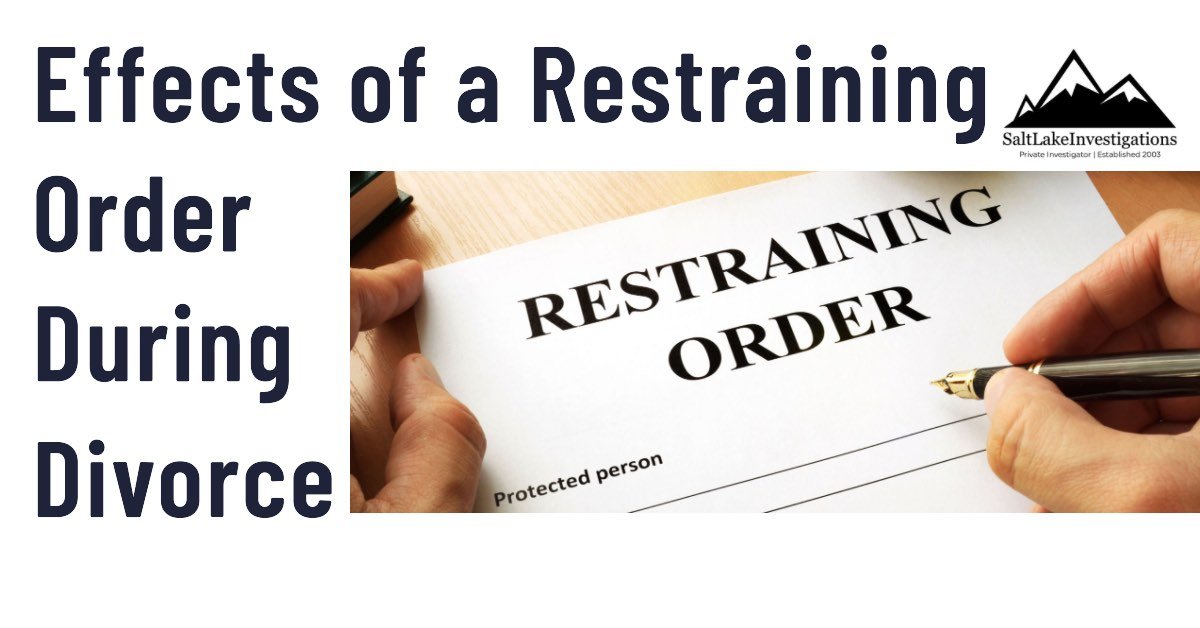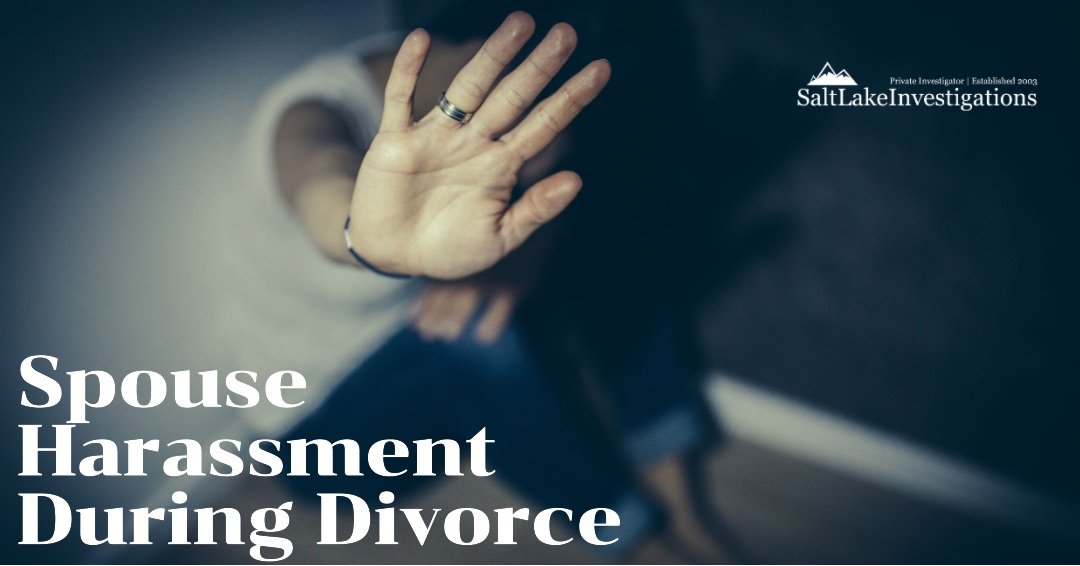
The Effects Of A Restraining Order During Divorce
Divorce is undoubtedly one of the most emotionally and legally complex experiences a person can go through. When emotions run high and tensions escalate, it becomes essential to establish boundaries to ensure the safety and well-being of all parties involved. This is where restraining orders play a crucial role.
What is a Restraining Order During Divorce?
A restraining order, also known as a protective order or order of protection, is a legal document issued by a court to protect individuals from harm, harassment, or potential violence. During divorce proceedings, these court orders play a crucial role in establishing boundaries and safeguarding the safety and well-being of the parties involved.
A restraining order is a court-issued directive that imposes certain restrictions on an individual's behavior to prevent contact or communication with another person. It aims to provide a sense of security and ensure the physical and emotional safety of the petitioner (the person seeking the order) and, if applicable, their children.

Spouse Harassment During Divorce: How To Deal With It
Spouse Harassment During Divorce: How to Deal With It. Divorce is already emotionally challenging, but when one spouse resorts to harassment, it becomes even more overwhelming. Spouse harassment during divorce can take various forms, such as text messages, phone calls, verbal abuse, or even physical violence. In such circumstances, understanding your legal options and seeking appropriate assistance becomes paramount. This comprehensive guide offers valuable insights on dealing with spouse harassment during divorce, providing practical advice, legal considerations, and steps to protect your well-being.
